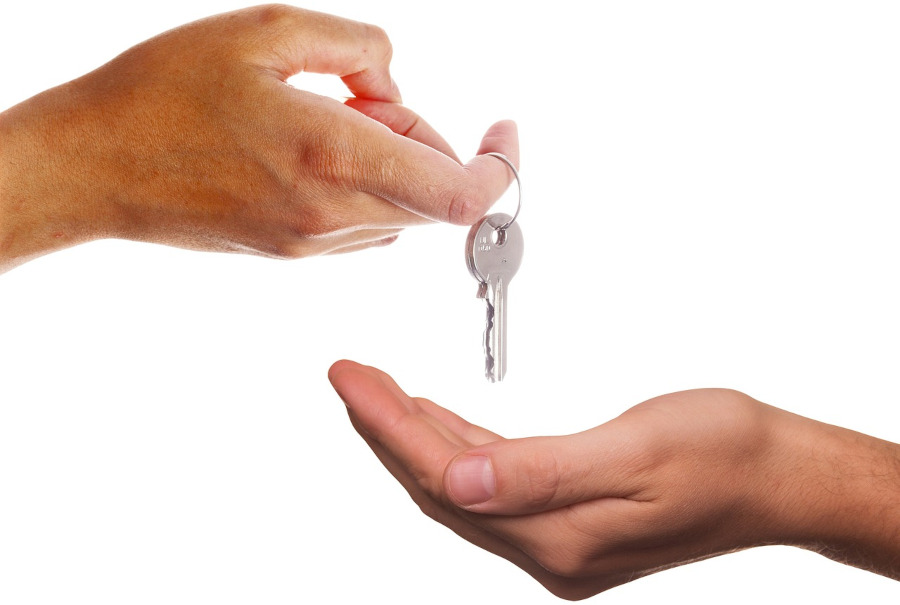What Is The Role of A Landlord?

The role of a landlord extends far beyond merely collecting rent and maintaining property. It encompasses a range of responsibilities and legal duties aimed at providing safe and habitable living conditions for tenants while safeguarding the property's integrity and compliance with local laws. Understanding the multifaceted role of a landlord is essential for both landlords themselves and tenants to foster positive landlord-tenant relationships and ensure legal compliance.
1. Property Maintenance and Safety
One of the primary responsibilities of a landlord is to maintain the property in a safe and habitable condition. This includes:
- Structural Integrity: Ensuring that the building's structure is sound and meets building codes and safety standards.
- Repairs: Promptly addressing repair requests related to essential services such as plumbing, heating, and electricity.
- Safety Measures: Installing and maintaining safety features such as smoke detectors, carbon monoxide detectors, and fire extinguishers.
- Common Areas: Keeping common areas clean, well-lit, and free from hazards that could pose a risk to tenants or visitors.
2. Tenant Rights and Privacy
Landlords must respect the rights of tenants and provide privacy as outlined in lease agreements and local laws:
- Privacy: Giving proper notice before entering a tenant's rental unit for inspections, repairs, or other reasons allowed by law.
- Tenant Responsibilities: Clearly outlining tenant responsibilities in the lease agreement, including obligations regarding rent payments, property maintenance, and adherence to community rules.
3. Legal Compliance and Documentation
Compliance with local, state, and federal laws is essential for landlords to operate legally and avoid potential legal disputes:
- Lease Agreements: Drafting and maintaining comprehensive lease agreements that outline the terms of tenancy, rent payments, and tenant rights and responsibilities.
- Disclosures: Providing tenants with required disclosures about the property's condition, lead-based paint hazards (if applicable), and other relevant information.
- Evictions: Following legal procedures for eviction if tenants violate lease terms or fail to pay rent, adhering to eviction laws and providing tenants with due process rights.
4. Liability and Insurance
Landlords have a duty to protect tenants and visitors from foreseeable harm and maintain adequate insurance coverage:
- Liability: Taking reasonable steps to prevent injuries to tenants and visitors, such as repairing hazardous conditions promptly and warning tenants about potential dangers.
- Insurance: Carrying landlord insurance (also known as rental property insurance) to protect against property damage, liability claims, and loss of rental income.
5. Pedestrian Accidents and Premises Liability
Pedestrian accidents can sometimes occur on or near rental properties, raising questions of premises liability for landlords:
- Responsibility: Landlords may be held liable for pedestrian accidents that occur on their rental property if the accident resulted from a hazardous condition that the landlord knew about or should have known about through reasonable inspections.
- Example Scenario: For instance, if a tenant reports a broken sidewalk or poorly lit pathway leading to the rental property, and the landlord fails to address these issues promptly, they could be held liable if a pedestrian trips and falls due to these unsafe conditions.
- Legal Considerations: Premises liability laws vary by jurisdiction, but generally, landlords have a duty to maintain safe conditions on their property and address hazards that could reasonably foreseeable cause harm to others.
Conclusion
The role of a landlord encompasses a broad spectrum of responsibilities and legal obligations aimed at ensuring safe and habitable living conditions for tenants while protecting the integrity of the rental property. By fulfilling these responsibilities, landlords not only comply with legal requirements but also contribute to positive landlord-tenant relationships and community safety. Understanding the role of a landlord helps both landlords and tenants navigate their rights and responsibilities effectively, fostering a mutually beneficial rental environment where both parties can thrive.